How Big is a 1500 Liter Water Tank?
Water is an essential resource, and storing it effectively is crucial for various applications, from residential use to agricultural purposes. A 1500-liter water tank is a common choice for many households and small businesses, offering a balance between capacity and space efficiency. But how big is a 1500-liter water tank? To answer this question, we need to explore its physical dimensions, storage capacity, and the practical implications of its size.
Understanding Volume and Dimensions
To comprehend the size of a 1500-liter water tank, it’s helpful to start with some basic concepts. Volume is a measure of the amount of space an object occupies, and in the case of water tanks, it is usually measured in liters. One liter is equivalent to 1 cubic decimeter, or 0.001 cubic meters. Thus, a 1500-liter tank holds 1.5 cubic meters of water.
However, the physical dimensions of the tank—its height, diameter, or length—depend on its shape. Water tanks come in various forms, including cylindrical, rectangular, and even custom shapes. Each shape will have different dimensions for the same volume.
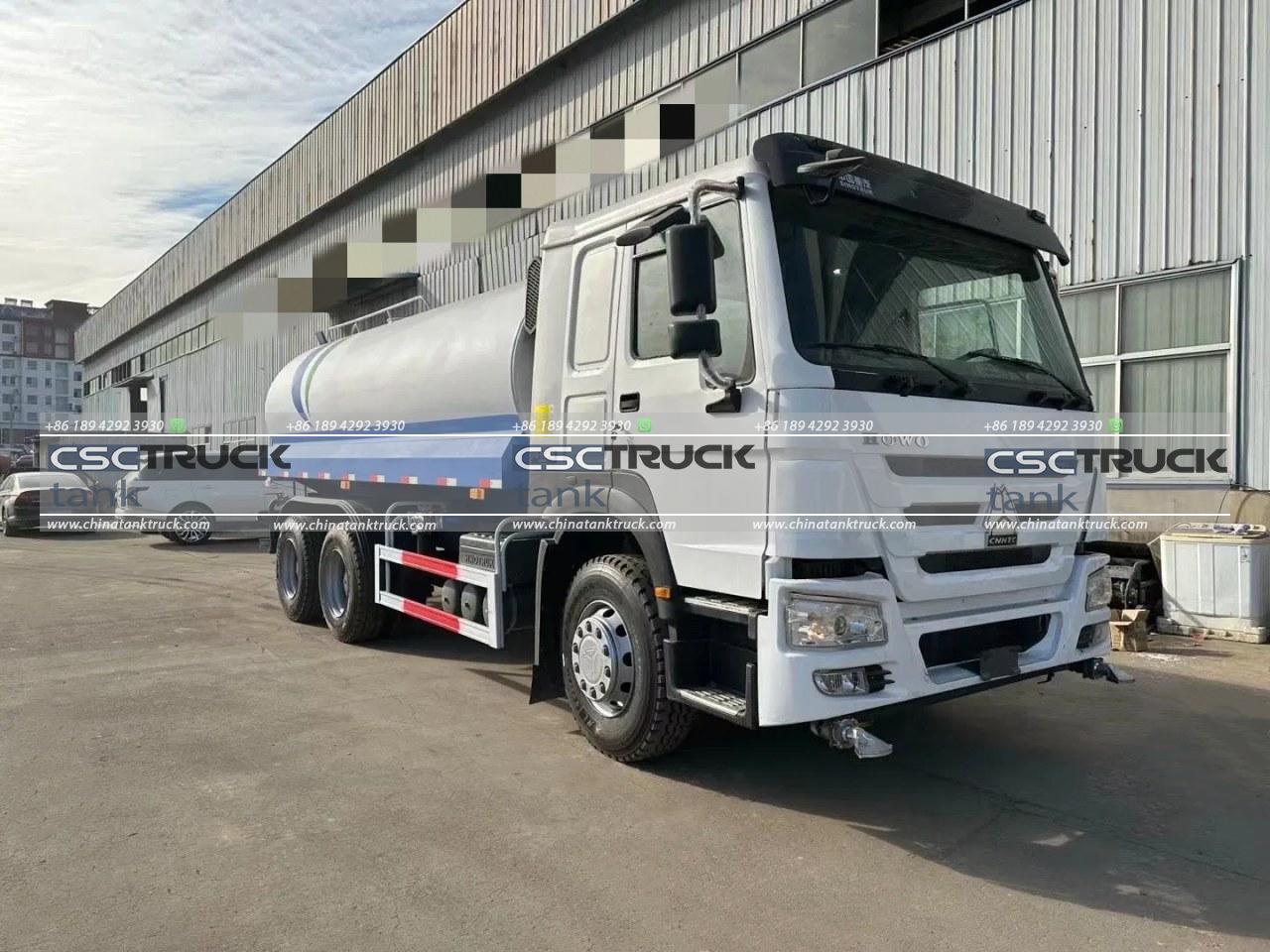
Cylindrical Tanks
One of the most common shapes for a water tank is the cylinder. Cylindrical tanks are preferred due to their structural efficiency—they can withstand the pressure of water better than many other shapes.
To calculate the dimensions of a cylindrical tank, the volume formula for a cylinder is used:
V=πr2h
Where:
- is the volume (1500 liters or 1.5 cubic meters),
- r is the radius of the base,
- h is the height of the cylinder.
For instance, if a cylindrical tank has a radius of 0.6 meters (or 60 cm), we can calculate its height as follows:
1.5=π×(0.6)2×h
This means the tank would be approximately 1.33 meters tall with a diameter of 1.2 meters(double the radius). If the radius were smaller, the height would need to be greater to hold the same volume of water, and vice versa.
Rectangular Tanks
Rectangular tanks are another popular option, especially for spaces where a cylindrical tank may not fit as well. The volume for a rectangular tank is given by:
V=l×w×h
Where:
- is the volume (1500 liters or 1.5 cubic meters),
- l is the length,
- w is the width,
- h is the height.
If a rectangular tank has a length of 1 meter and a width of 0.75 meters, the height can be calculated as:
In this case, the tank would be 1 meter long, 0.75 meters wide, and 2 meters high. Rectangular tanks often have the advantage of fitting more easily into corners or against walls, making them suitable for areas with limited space.
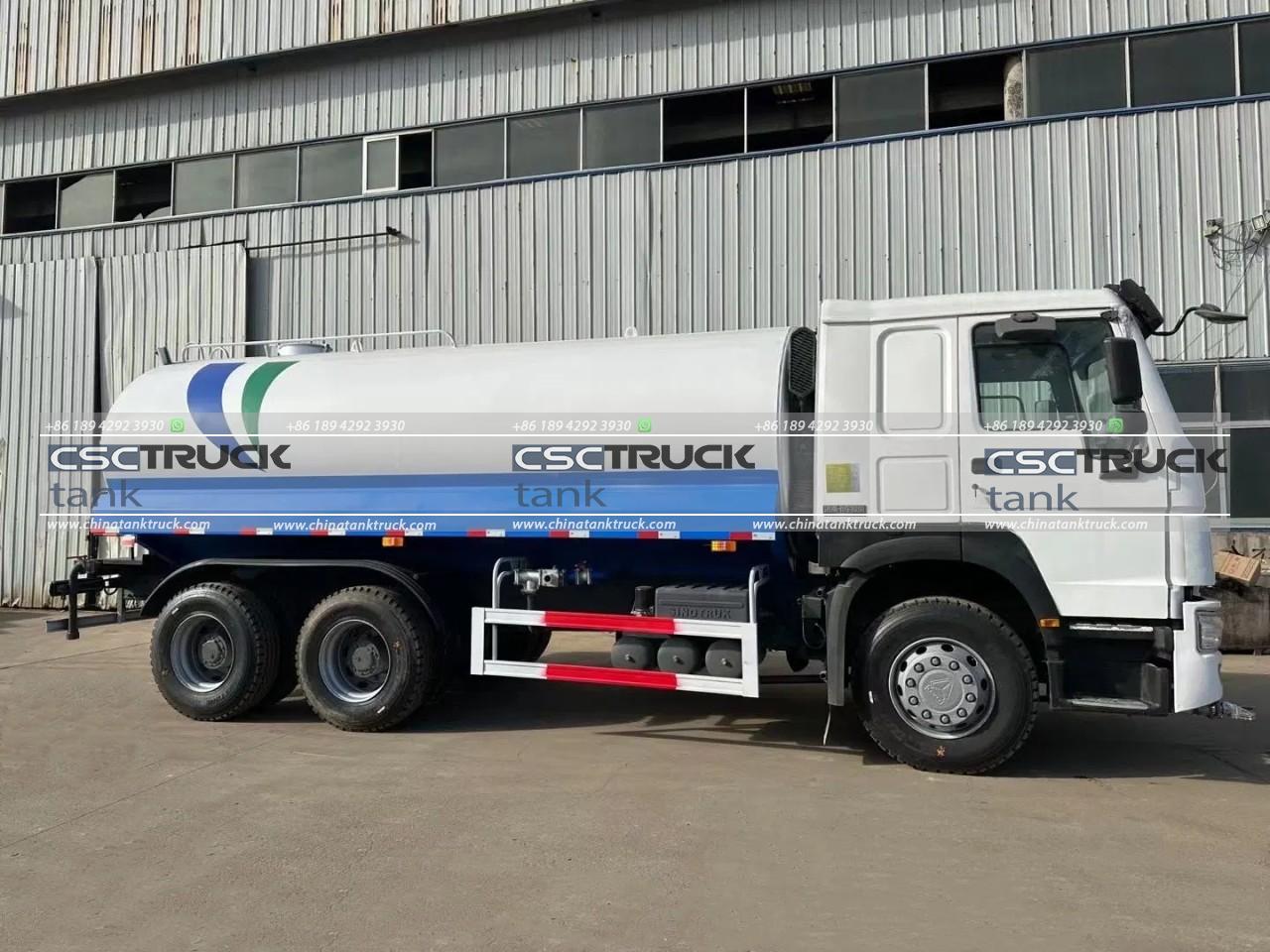
Space and Installation Considerations
When considering how big a 1500-liter water tank is, it’s important to think beyond just the physical dimensions. Space and installation considerations play a significant role in determining the practicality of a water tank of this size.
Installation Space
The space where the tank will be installed must accommodate its dimensions plus additional clearance for maintenance and access. For instance, if a cylindrical tank is 1.33 meters tall with a diameter of 1.2 meters, the installation area needs to be slightly larger to allow for pipe connections, cleaning, and any necessary repairs.
Weight Considerations
Another critical factor is the weight of the tank when it is full. Water is heavy, with 1 liter weighing approximately 1 kilogram. A full 1500-liter tank would thus weigh about 1,500 kilograms, or 1.5 metric tons, not including the weight of the tank itself. This significant weight requires a sturdy base or platform that can support it without risk of collapse. For rooftop installations, this is particularly important, as the structure must be able to handle the load safely.
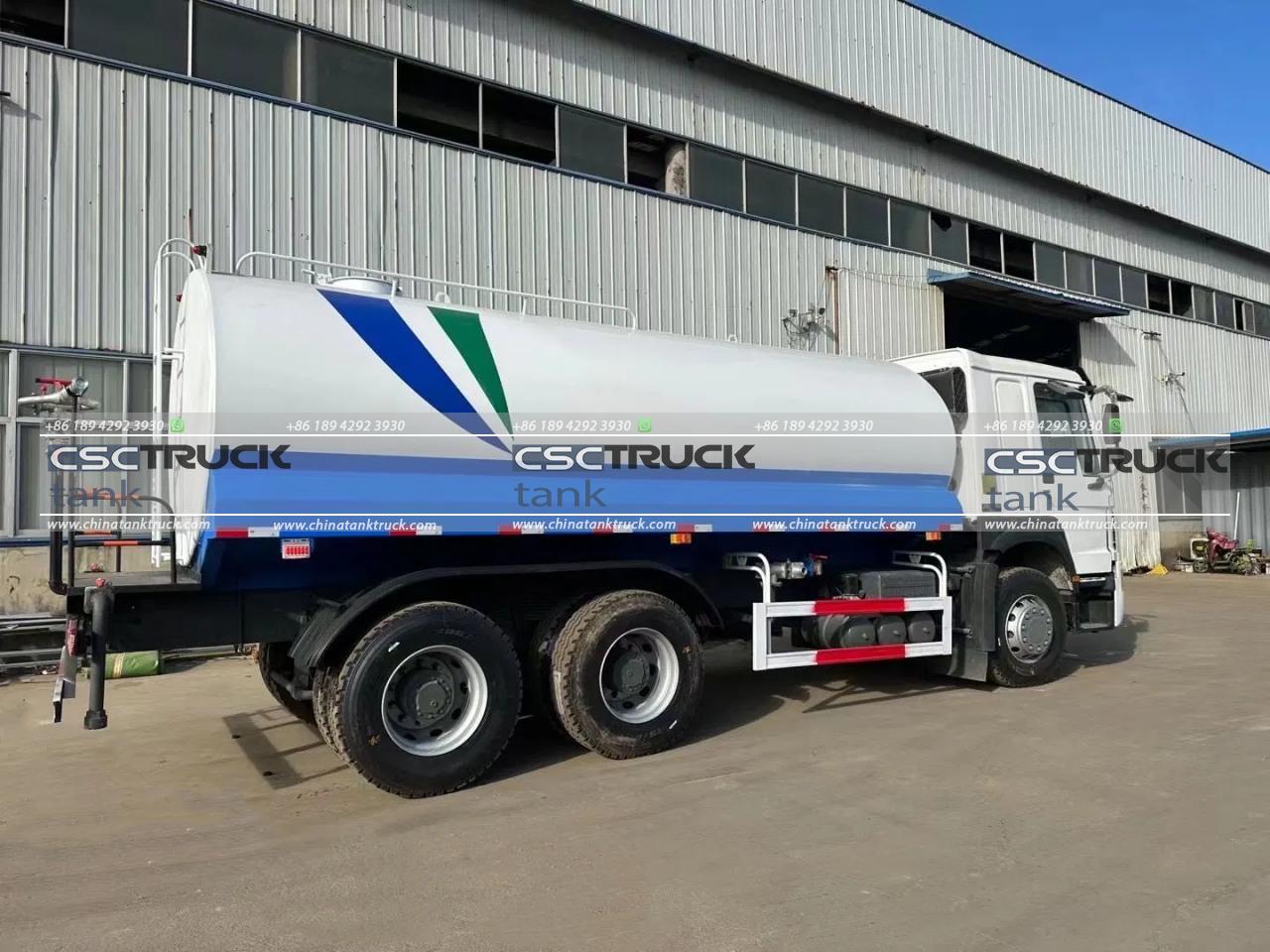
Orientation and Accessibility
The orientation of the tank (whether it is placed vertically or horizontally) can also affect space usage and accessibility. Vertical cylindrical tanks generally take up less floor space but are taller, which might be an issue in areas with low ceilings or overhangs. Horizontal tanks, on the other hand, spread the volume over a larger footprint but have a lower height, which could be advantageous in certain settings.
Connection and Piping
The size of the tank also affects the connection and piping system. Larger tanks like a 1500-liter unit often require larger inlet and outlet pipes to allow for efficient filling and draining. The location of these connections can influence where the tank is placed—closer to water sources and points of use to minimize pipe length and potential pressure loss.
Practical Applications of a 1500-Liter Tank
Understanding the physical size of a 1500-liter water tank is crucial, but so is considering how this capacity meets practical needs. What can a tank of this size realistically supply?
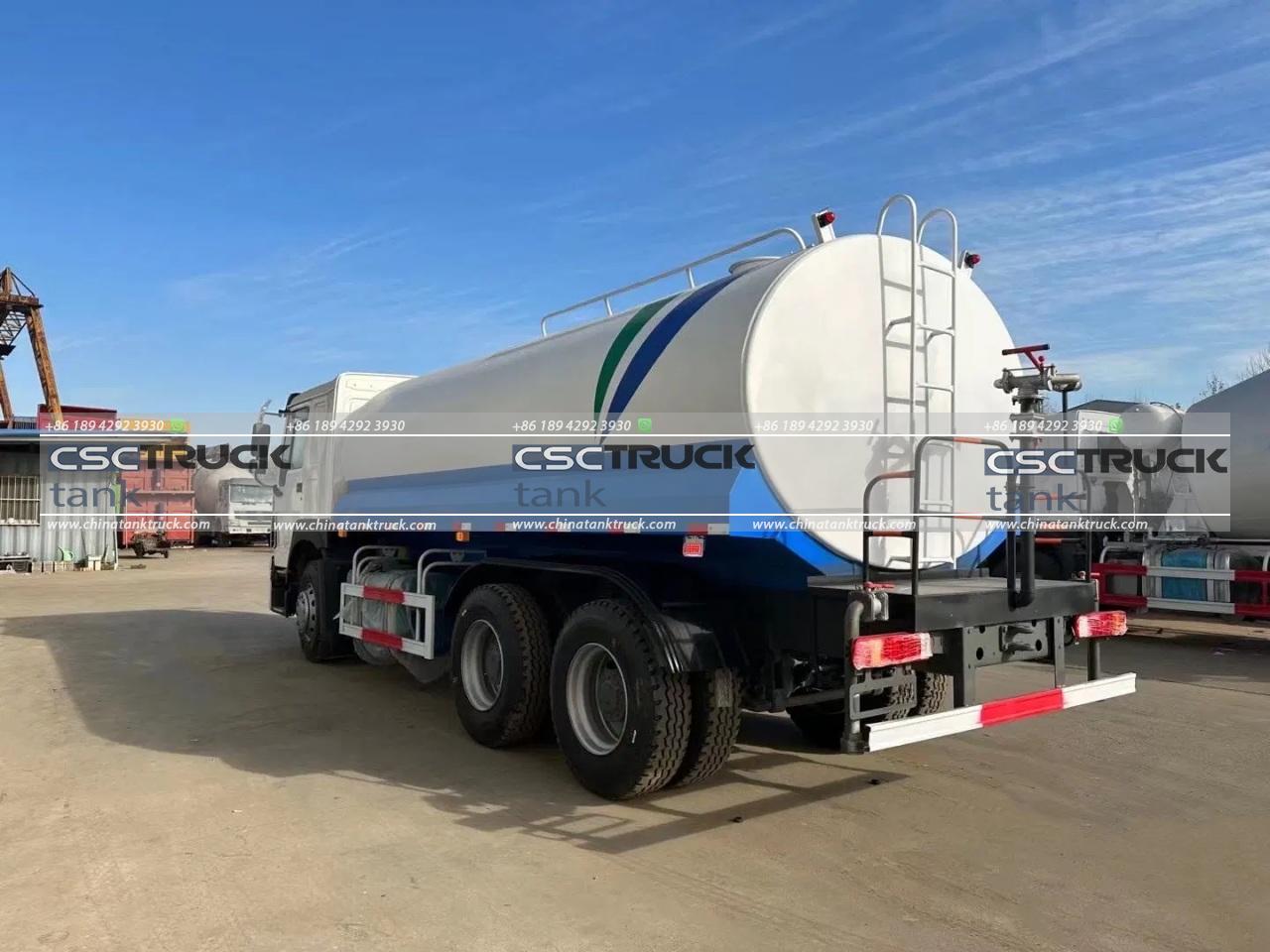
Residential Use
For a small to medium-sized household, a 1500-liter tank can provide a significant portion of daily water needs. For example, assuming an average person uses about 100-150 liters of water per day for drinking, cooking, bathing, and other domestic activities, this tank could comfortably serve a family of four for a few days, depending on consumption patterns.
Agricultural and Garden Use
In agricultural or gardening contexts, a 1500-liter tank is suitable for irrigation purposes, especially in smaller gardens or for specific crops. It can store rainwater collected from rooftops or other catchment areas, providing a sustainable water source during dry periods.
Commercial and Industrial Use
In commercial settings, such as small businesses, a 1500-liter tank might be used for cleaning, cooling systems, or other operational needs. The tank’s size makes it manageable while still providing enough water for regular use, making it a versatile choice for businesses that need a moderate amount of water storage.
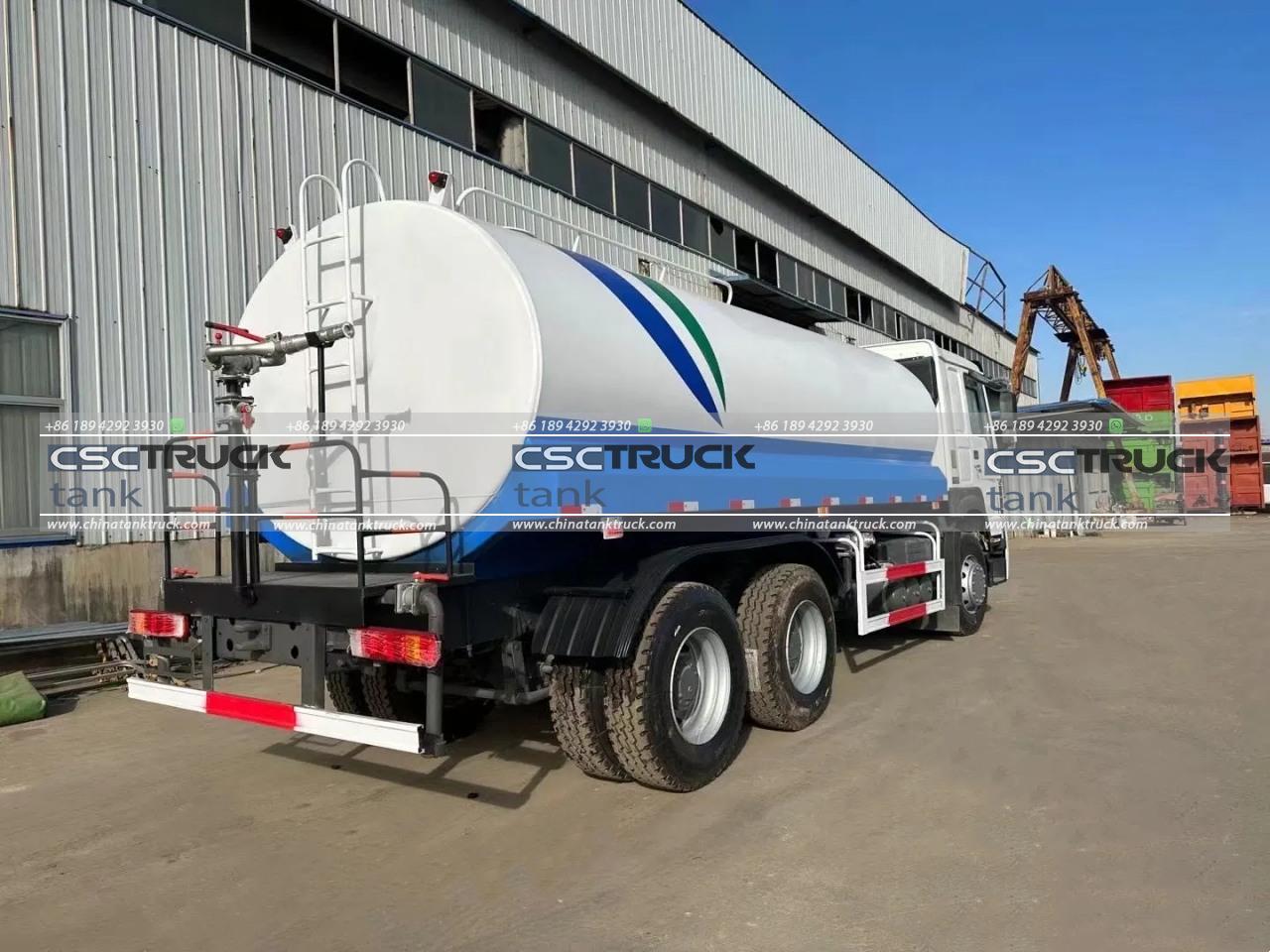
Conclusion
A 1500-liter water tank strikes a balance between capacity and space efficiency, making it a versatile choice for various applications. Its dimensions can vary depending on the shape of the tank, with cylindrical and rectangular designs offering different advantages. Installation considerations, such as space, weight, and accessibility, are crucial to ensure the tank fits well into its intended location and serves its purpose effectively. Whether for residential, agricultural, or commercial use, a 1500-liter tank provides a substantial amount of water storage without overwhelming space, making it a practical solution for many water storage needs.

